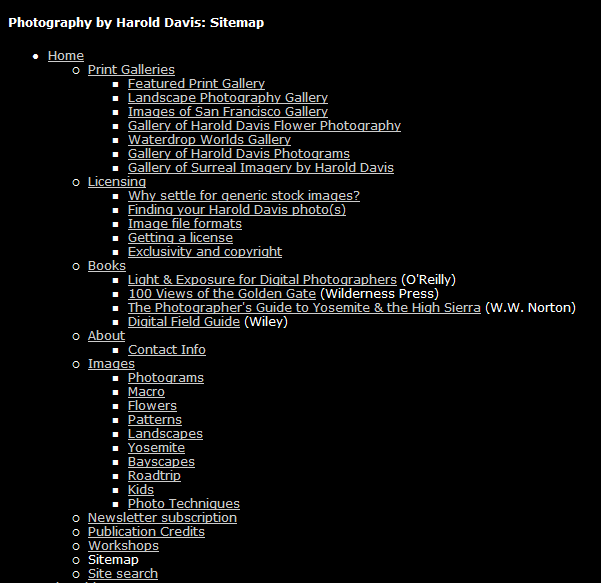The PageRank algorithm is used in part by Google to order the results returned by specific search queries. As such, understanding PageRank is crucial to core SEO efforts to improve natural search results.
Depending on who you ask, PageRank is named after its inventor, Lawrence Page, Google’s cofounder—or because it is a mechanism for ranking pages.
When a user enters a query, also called a search, into Google, the result order of the returns is partially determined by the relative PageRank of the results.
Originally fairly simple in concept, PageRank now reportedly processes more than 100 variables. Since the exact nature of this “secret sauce” is, well, secret, the best thing you can do from an SEO perspective is more or less stick to the original concept.
The underlying idea behind PageRank is an old one that has been used by librarians in the pre-Web past to provide an objective method of scoring the relative importance of scholarly documents. The more citations other documents make to a particular document, the more “important” the document is, the higher its rank in the system, and the more likely it is to be retrieved first.
Let me break it down for you.
Each web page is assigned a number depending upon the number of other pages that link to the page.
The crucial element that makes PageRank work is the nature of the Web itself, which depends almost solely on the use of hyperlinking between pages and sites. In the system that makes Google’s PageRank algorithm work, links are a Web popularity contest: Webmaster A thinks Webmaster B’s site has good information (or is cool, or looks good, or is funny), so Webmaster A may decide to add a link to Webmaster B’s site. In turn, Webmaster B might return the favor.
Links from Website A to Website B are called outbound (from A) and inbound links (to B).
The more inbound links a page has (references from other sites), the more likely it is to have a higher PageRank. However, not all inbound links are of equal weight when it comes to how they contribute to PageRank—nor should they be. A web page gets a higher PageRank if another significant source (by “significant” I mean a source that also receives a lot of inbound links, and thus has a higher PageRank) links to it than if a trivial site without traffic provides the inbound link.
Note
PageRank is essentially a recursive algorithm, meaning a process that invokes itself. A given page’s PageRank is the sum of the PageRanks of the pages that link to it (weighted by the total number of links, of course). In this scheme, a link from a high PageRank page clearly counts for more than a link from a low-ranking page. See the sidebar Understanding PageRank.
The more sophisticated version of the PageRank algorithm currently used by Google involves more than simply crunching the number of links to a page and the PageRank of each page that provides an inbound link. While Google’s exact method of calculating PageRank is shrouded in proprietary mystery, PageRank does try to exclude links from so-called link farms, pages that contain only links, and mutual linking (which are individual two-way links put up for the sole purpose of boosting PageRanks).
Note
The easiest way to see the comparative PageRank for your web pages is to install the Google Toolbar. With a web page open, the PageRank is shown in the Toolbar on a scale of 0 to 10. These PageRanks are really between 0 and 1, so although the 0 to 10 scale is useful for comparison purposes, it does not represent an actual PageRank number.
Note that you may have to specifically turn on the feature that displays PageRank in the Google Toolbar; in some installations this feature is not enabled by default.
From the viewpoint of SEO, it’s easy to understand some of the implications of PageRank. If you want your site to have a high PageRank, then you need to get as many high-ranked sites as possible to link to you.
However, useful outbound links draw traffic to the linking site and encourage other sites to return the favor because they respect the quality of the links the original site provides. So for SEO, there’s a delicate balancing act with outbound linking—some quality outbound links add merit to a site, but too many outbound links decrease desirability. Trial and error is probably the only way to get this one right.
Get Google Advertising Tools, 2nd Edition now with the O’Reilly learning platform.
O’Reilly members experience books, live events, courses curated by job role, and more from O’Reilly and nearly 200 top publishers.


